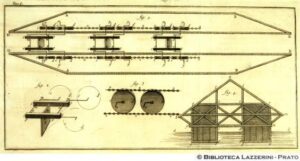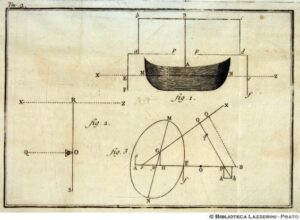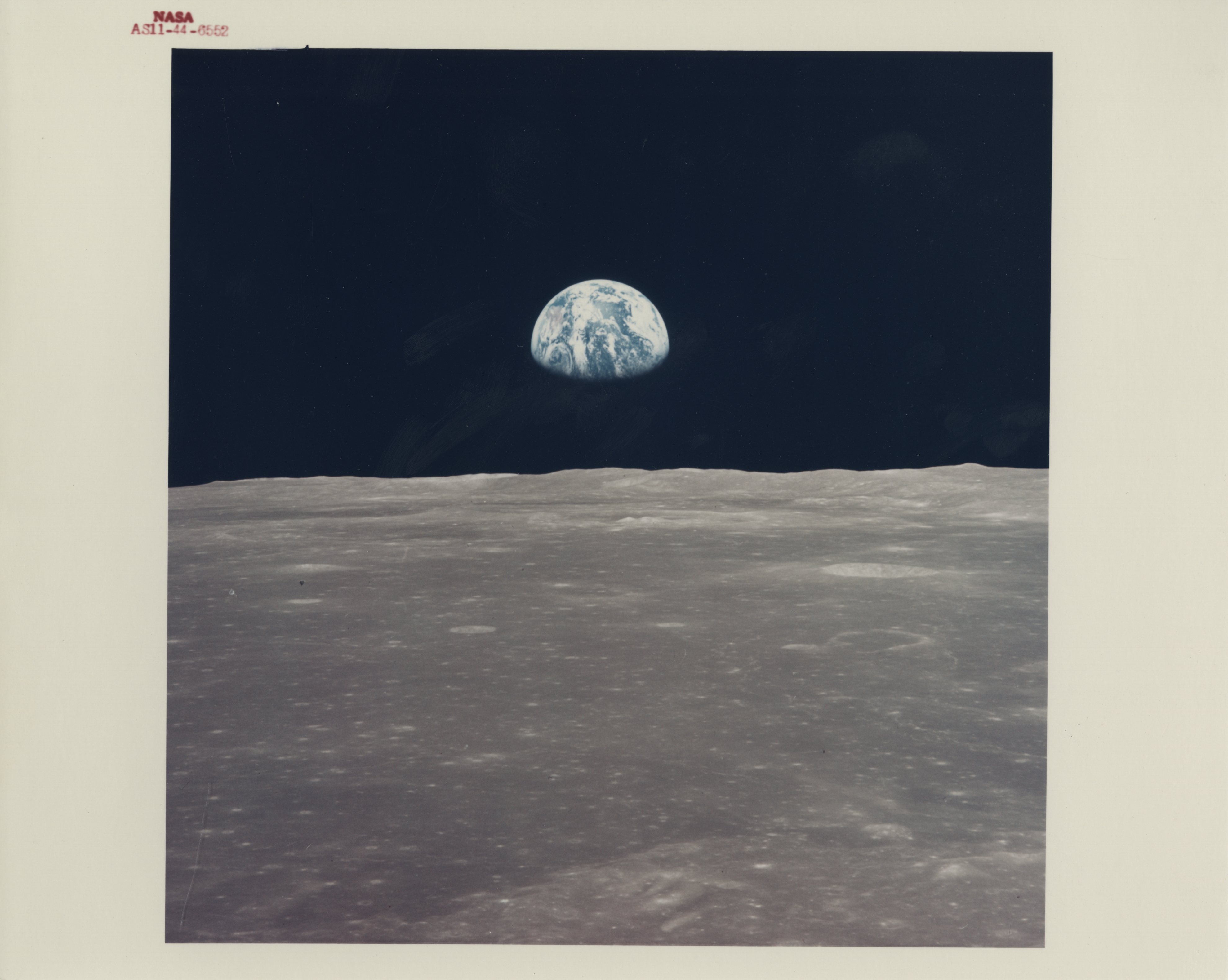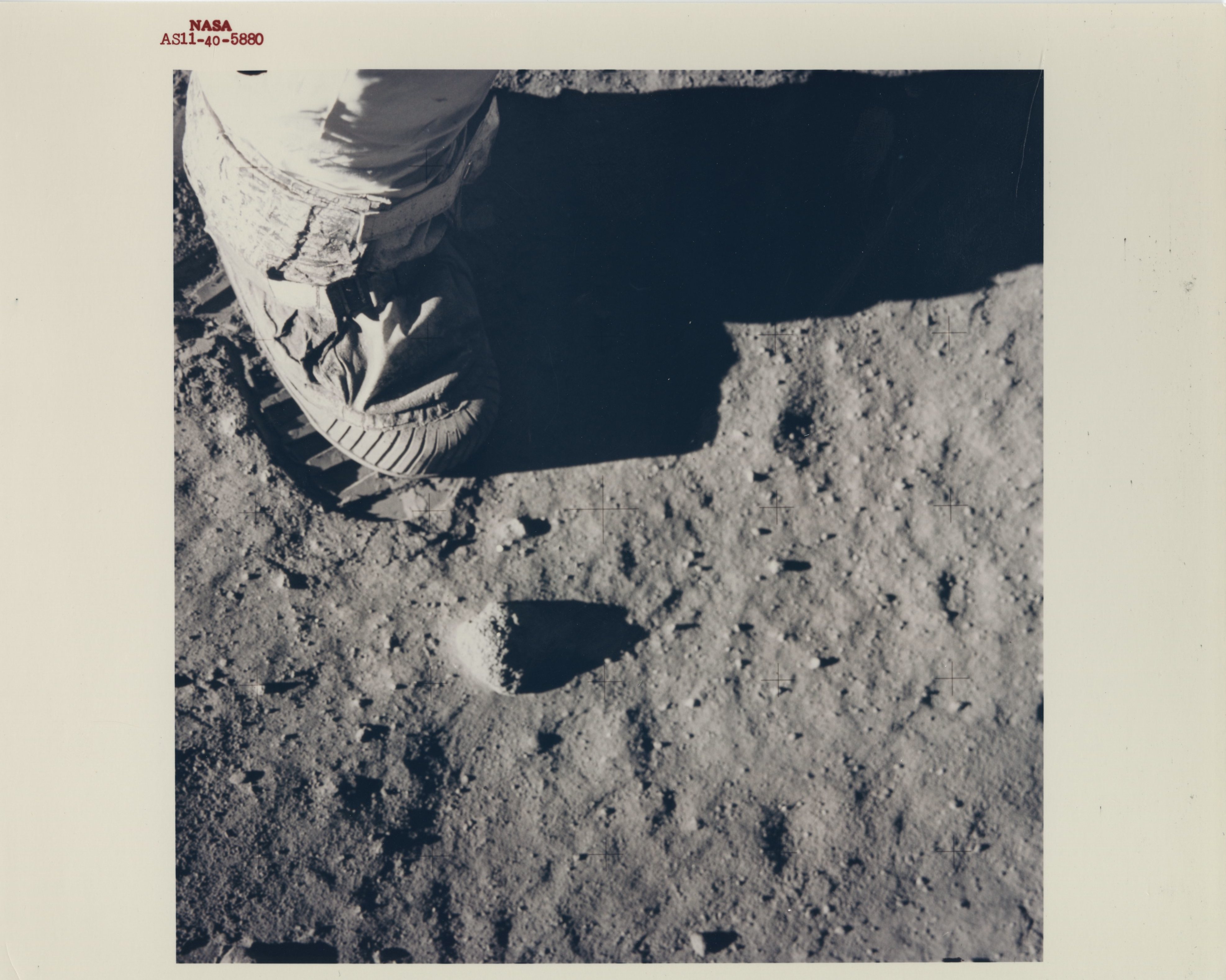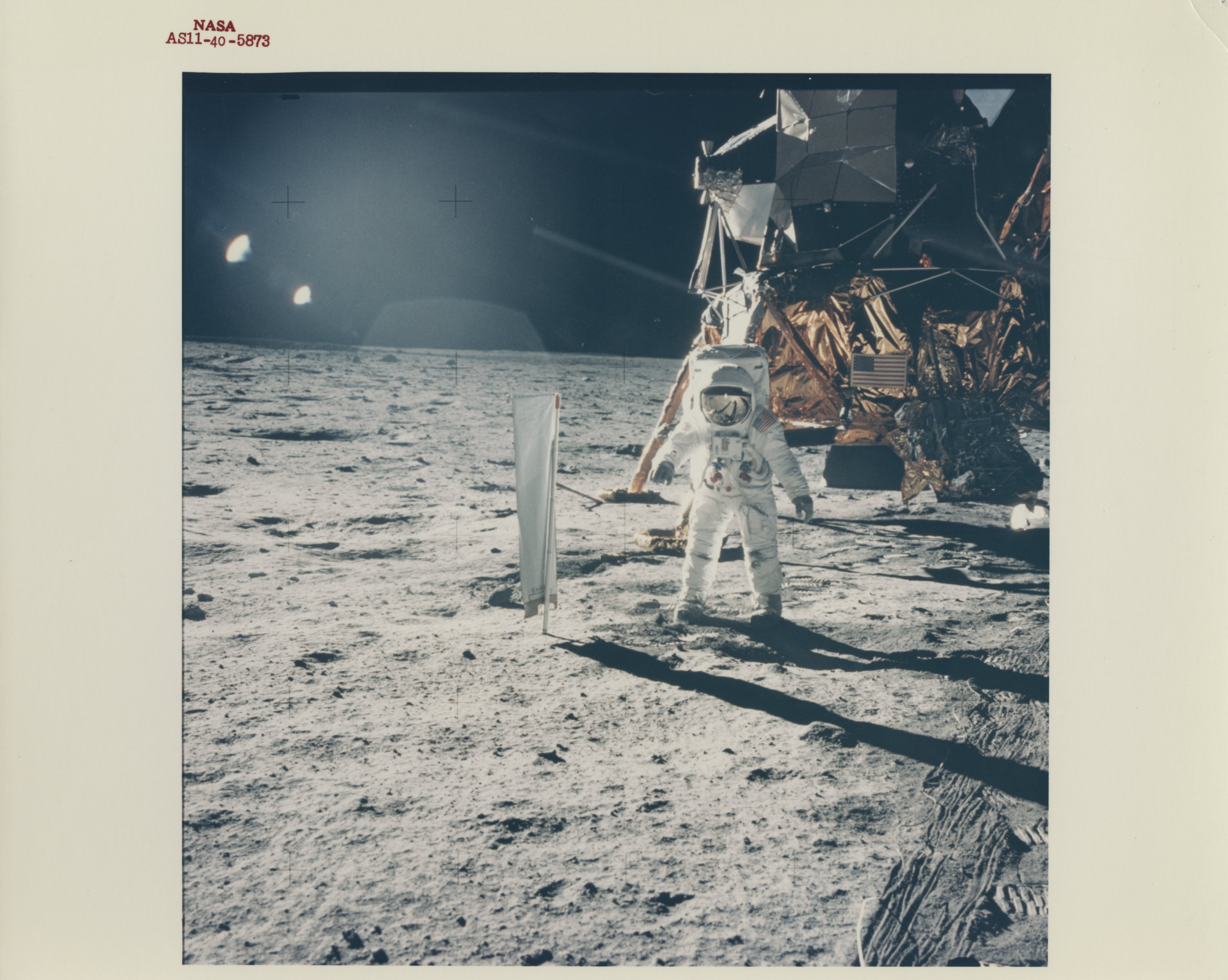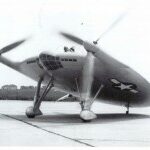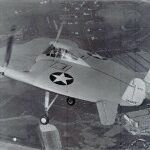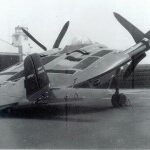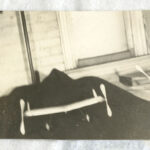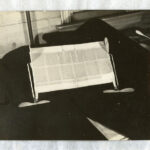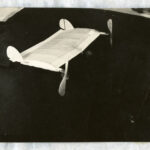One of the great things about working in a place like Special Collections is that discovery can be an everyday occurrence. Ive written at this blogeither obliquely or directlyabout this dimension of the job, as have many of my colleagues. Whether the find is a promotional flyer for D.W. Griffiths Birth of a Nation, a journal from an arctic expedition, a letter written by Victoria Cross (one of several pseudonyms of British writer, Annie Sophie Cory), or a copy of The Great Gatsby autographed by F. Scott Fitzgerald . . . there is always some excitement even if you know that the discovery really may mean that you havent seen the item before. Someone else, perhaps a colleague, likely a predecessor, may have very well known about the book, letter, paper that youve just discovered.
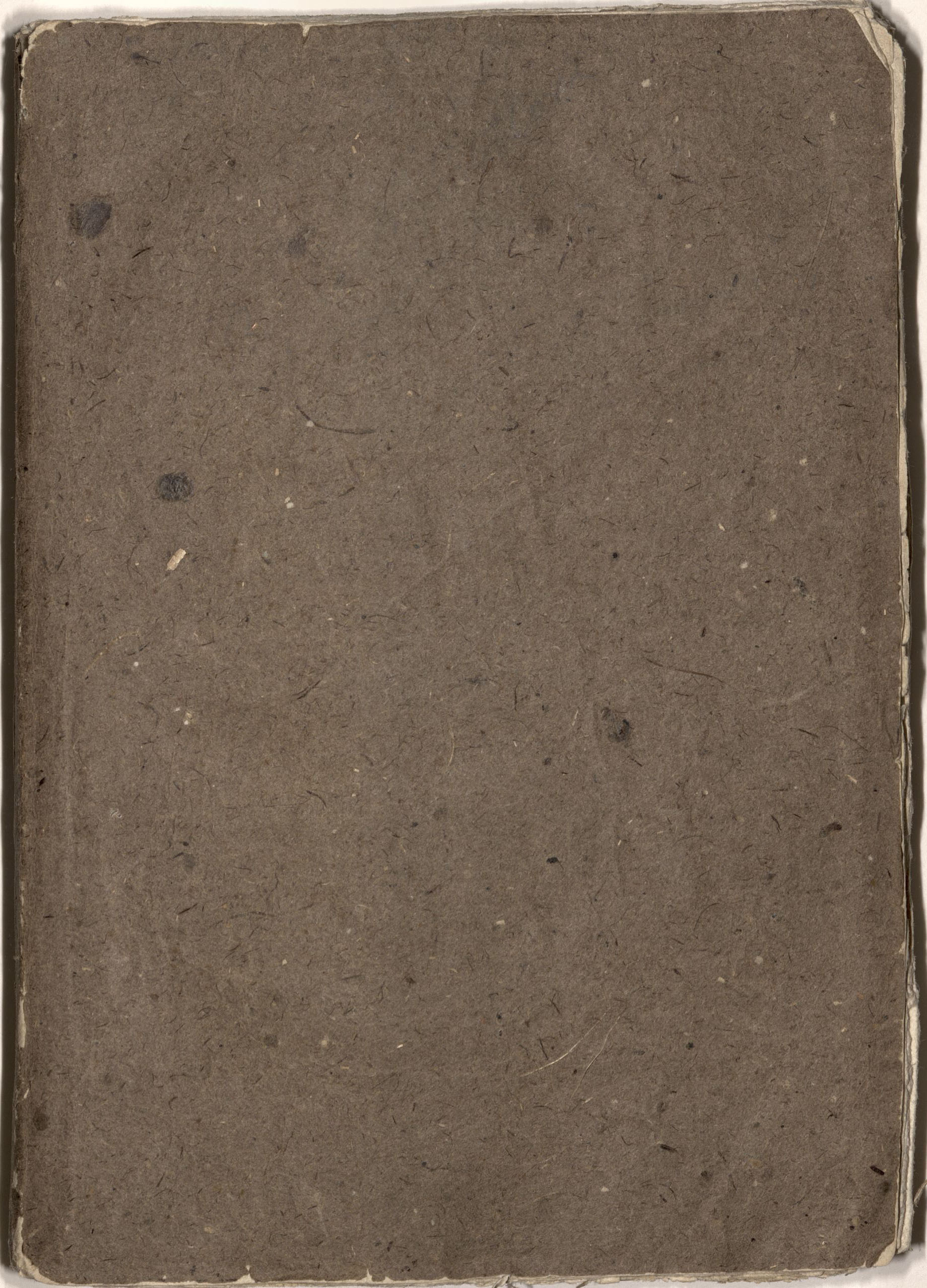
So, several years ago, when I was perusing the part of our stacks that deals with aviation (the TLs for all you library-folk out there), I saw for the first time a nondescript book with a rough, brownish, handmade paper cover and pages that were clearly handmade, a book with a lot of age on it. When I opened up the book, this is what I saw: LUomo Volante per Aria, per Acqua, e per Terra. Novissima Invenzione di un Anonimo Italiano Dell Anno 1784. In Venizia Presso LAmico Dell Autore.
Roughly translated: Man Flying over the air, water, and land. New Inventions/Innovation of an Anonymous Italian of the Year 1784. In Venice at a Friend of the Author’s.
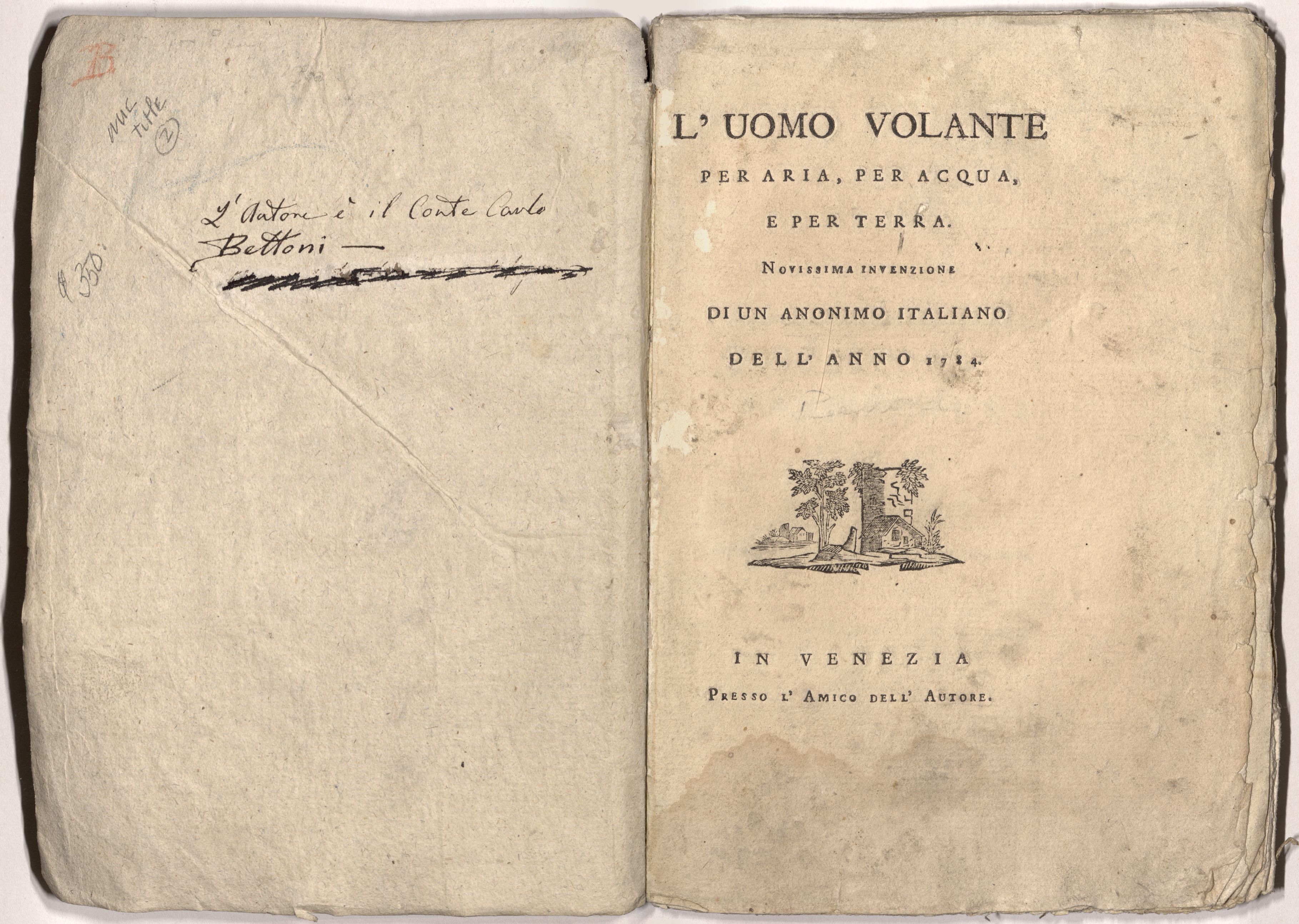
Most translations of the title that Ive seen are close variations of this. Could be through air or on water or on land, I suppose, but the date is clear; that it was published anonymously is clear; and it is completely clear that Id never heard of this work. A quick check showed that no English translation exists. A handwritten note on the inside front cover, reads (translated), The author is Count Carlo Bettoni. Again, he was unknown to me, but a little bit of investigating confirmed that is known to be the author of the book . . . and that only six copies are listed in Worldcat. This is the kind of discovery, a felicitous thing, that drives curiosity! That the two languages of the book, Italian and mathematics, are languages in which I am less than fluent, did nothing to quell my desire to know more.
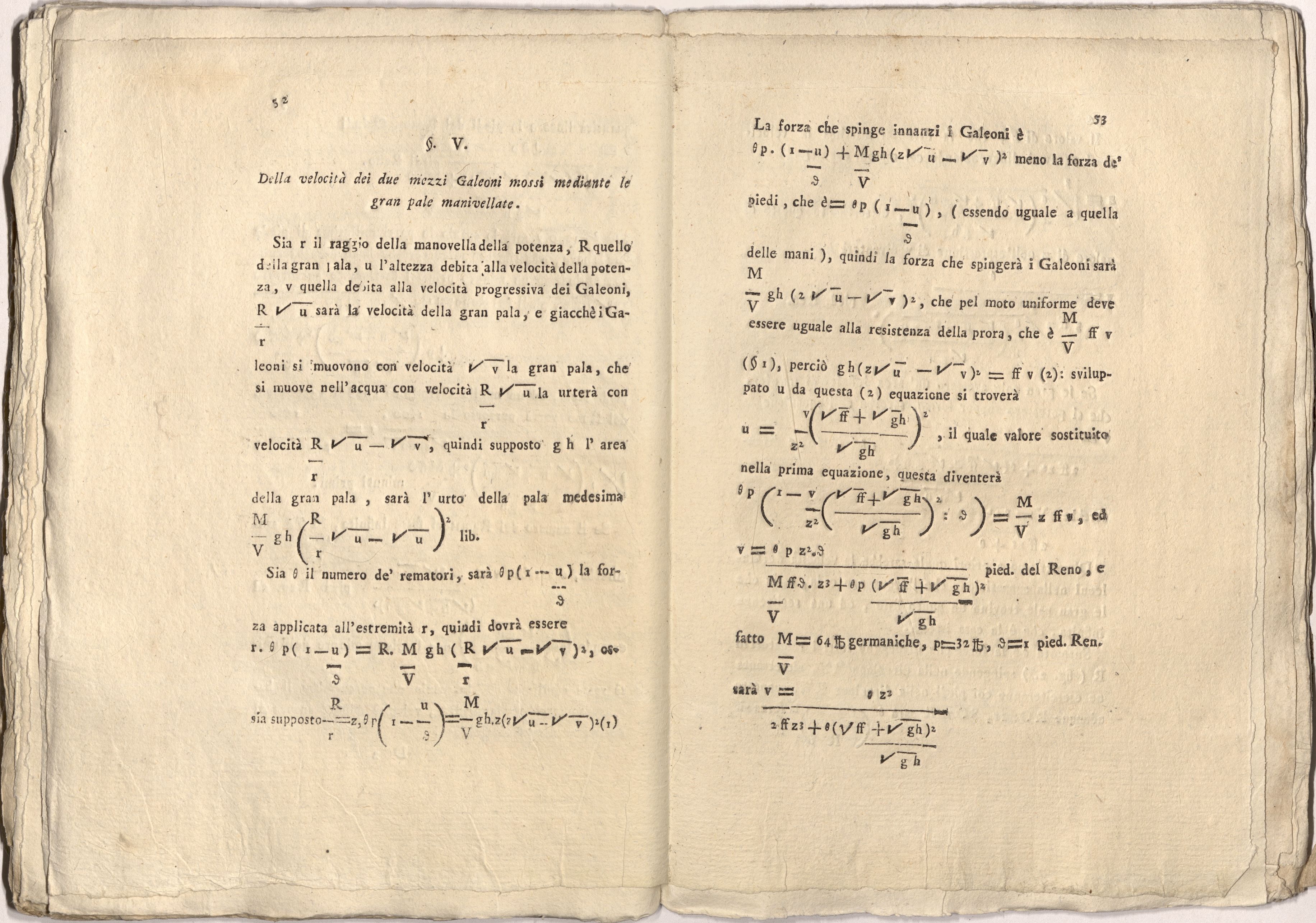
So many things to investigate! What do we know about Count Bettoni? A few quick searches on the book title indicate that an individual named Giuseppe Avanzini contributed the mathematical content of the book, but what do all those equations seek to describe? Even more tantalizing . . . Worldcat shows that four of the six copies listed also include illustrations or folding plates! Our copy does not. The year of publication, 1784 is, itself, interesting. Only in late 1782 did the Mongolfier brothers of France start their experiments with balloons, with the first untethered balloon flight with a human aboard occurring on 21 November 1783 in a system of their design. It is fair to say that the early and mid 1780s saw the craze of ballooning emergeespecially in Britain and France, but also in Italyas a popular craze and a seductive possibility for scientific investigation. Apparently, Bettoni took part, but he also seems to have let his imagination range over . . . what, improved methods of transportation over land and sea, as well?
Bettoni was born in 1725 to a wealthy landowning family in what is now Brescia in the Lombardy region of north Italy. The aptly-named [?] Biographical Dictionary of the Society for the Diffusion of Useful Knowledge (184244) describes him as “a nobleman passionately fond of science, and a munificient patron of scientific men.” In 1768, he founded the Academy of Agrarian Brescia and, apparently, conducted experiments to protect mulberry trees from a rampant epidemic. In some circles, (see A General Collection of the Best and Most Interesting Voyages and Travels in All Parts of the World . . . Digested on a New Plan by John Pinkerton, vol. 4, 1809), and as a result of these experiments, Bettoni was credited with discovering a new silkworm! Bitten by the ballooning bug in 1783, Bettoni went to work with Avanzini on what would become L’Uomo Volante.
Born in 1753, Avanzini studied theology and mathematics at Brescia, while preparing himself for the priesthood. He came to Bettoni’s attention and had gained recognition for his skill as a mathematician by the time he collaborated with Bettoni on Thoughts on the Government of the Rivers (1782) a work that reported on the practice of planting specific kinds of trees along riverbanks to impede erosion and decrease the dangers of flooding. They would work together again after L’Uomo Volante on a large and unfinished project to produce a topographical map of the area surrounding Lake Garda, the largest lake in Italy located about halfway between Brescia and Verona. Whatever the nature of the collaboration between the two men, it is clear that the substance of the mathematical element Avanzini contributed to L’Uomo Volante and to other projects, was the work of a man who would go on to become professor of mathematics and, later, of physics and applied mathematics at the University of Padua. His work, primarily in the area of fluid dynamics, would earn him membership in the Italian National Academy of Sciences (Societ Italiana). While I am not qualified to judge the quality and appropriateness of the mathematics in L’Uomo Volante, I would guess that it could be evaluated seriously.
The Enciclopedia Italiana di Scienze, Lettere ed Arti describes L’Uomo Volante, in one of the few characterizations I have found, as “miscuglio piuttosto audace di prosa scientifica e di progetti palesemente utopistici” (translated as “a rather bold mixture of scientific prose and blatantly utopian projects”). The Enciclopedia, also known as Treccani says that Bettoni, an “agricultural and technical aviation pioneer,” was the first to propose a dirigible balloon and a system of propulsion based on rowing. Other sources also suggest his is the first recorded version of an elongated airship, a spindle-shaped balloon, rather than the spherical balloons either in use or proposed at the time. (The use of the word “dirigible” suggests a rigid frame, but I do not know if this is part of the Bettoni/Avanzini design.)
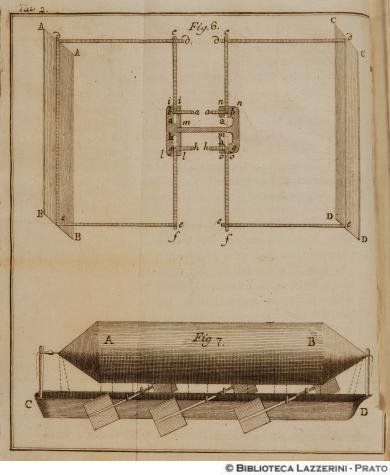
Biblioteca in Linea)
Of course, there were plans for the more typical version, as well, but with some accommodation for steering and/or propulsion.
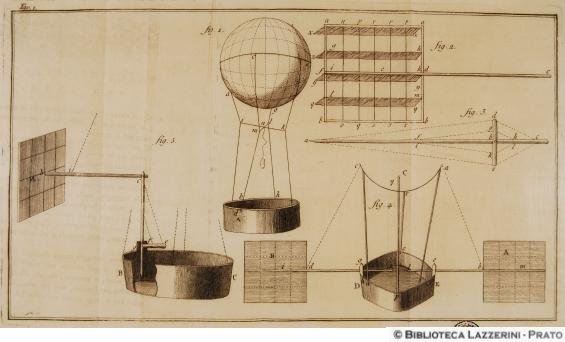
Biblioteca in Linea)
There were also two drawings included for water travel, one involving an elongated system of paddles:
But now, when we come to land, well, this giant-sized hampster wheel really got my attention! Check it out!
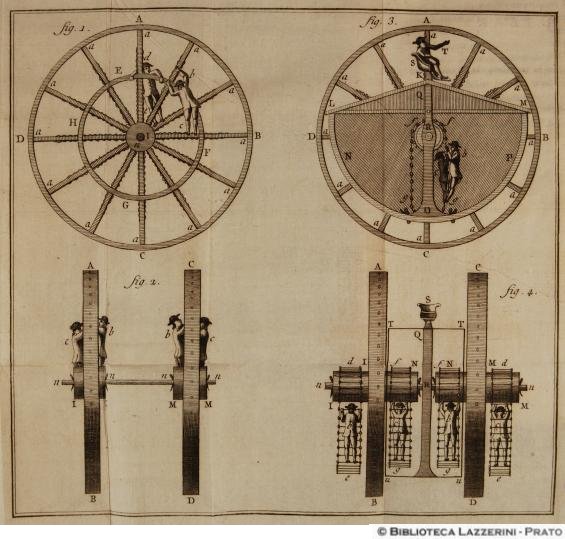
So, should we ignore this work that seems to have garnered little attention over a couple of centuries? Is it the work of a wealthy amateur scientist (read: crackpot) whose mathematician colleague lent his skills for a free ride? Is it to be taken seriously? Doesn’t someone want to translate it? Is this the basis for a thesis or dissertation just waiting, screaming, in fact, to be tackled? Surely, some student in the history of science and technology wants to rediscover Signori Bettoni and Avanzini. Ladies and Gents, Studente e Studentesse . . . step right up!
